Morgan versus Hyundai: what’s in a number? The number 290, specifically. The number that got us thinking of this test. Wondering just what it would feel like to drive two cars that share a crucial performance metric yet celebrate opposing ends of the engineering scale.
One a purist, lightweight creation of modern-deco design powered by piston and petrol. The other a brutalist performance masterpiece with four wheels driven by electric motors and software-orchestrated drama.
To state the obvious, this is not a twin test in the conventional like-for-like comparative sense. Nobody is totting up the pros and cons of either a new Morgan Supersport or a Hyundai Ioniq 5 N, thinking to themselves: “Hmm, well, that one I can get the kids in, and it’s got windows that go up and down without having to remove them and put them in the boot. The other one, well, no on both counts.”
But there’s still that number 290. Have you figured it out yet? I suspect you have, because there’s little in the way of performance measures that these two share, yet this is perhaps the most important metric of all when it comes to performance: the ratio of power to weight.
That’s right: these two disparate marvels of modern motoring both present with 290bhp per tonne. Well, there or thereabouts. There’s a pony or two in it, if we’re going to be precise about these things – as we should be.
The Hyundai weighs a fulsome 2235kg and has an output of 641bhp, for 287bhp per tonne. Treading rather more softly on the scales, it’s shocking to think the Morgan is in excess of a tonne lighter, weighing 1170kg at the kerb and with 335bhp of grunt from the BMW-sourced turbocharged inline six-cylinder engine.
That works out at 286bhp per tonne for the Supersport, which, let’s reiterate, weighs roughly two whole Caterham Sevens less than the Hyundai.
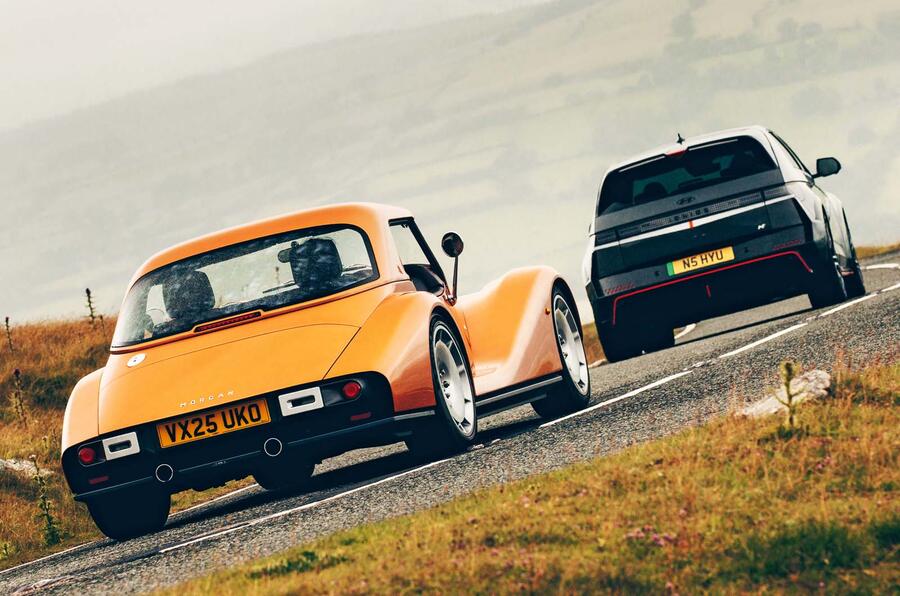

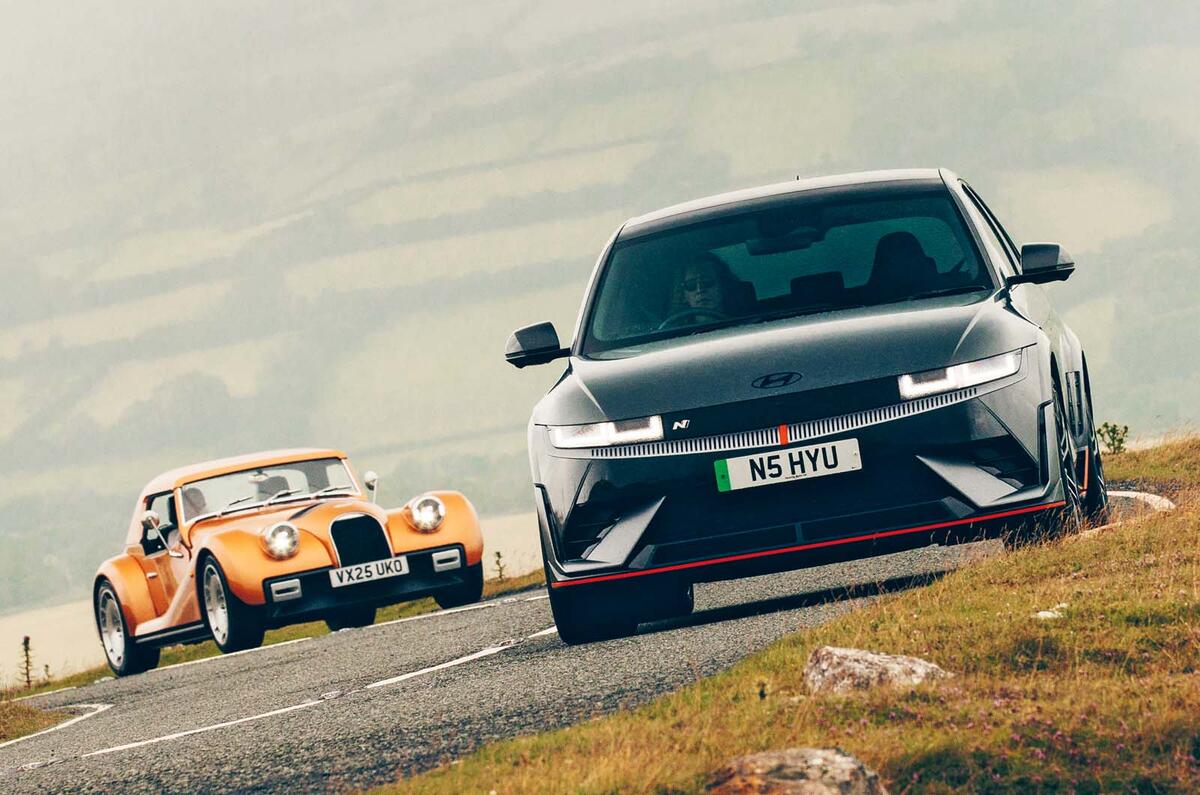

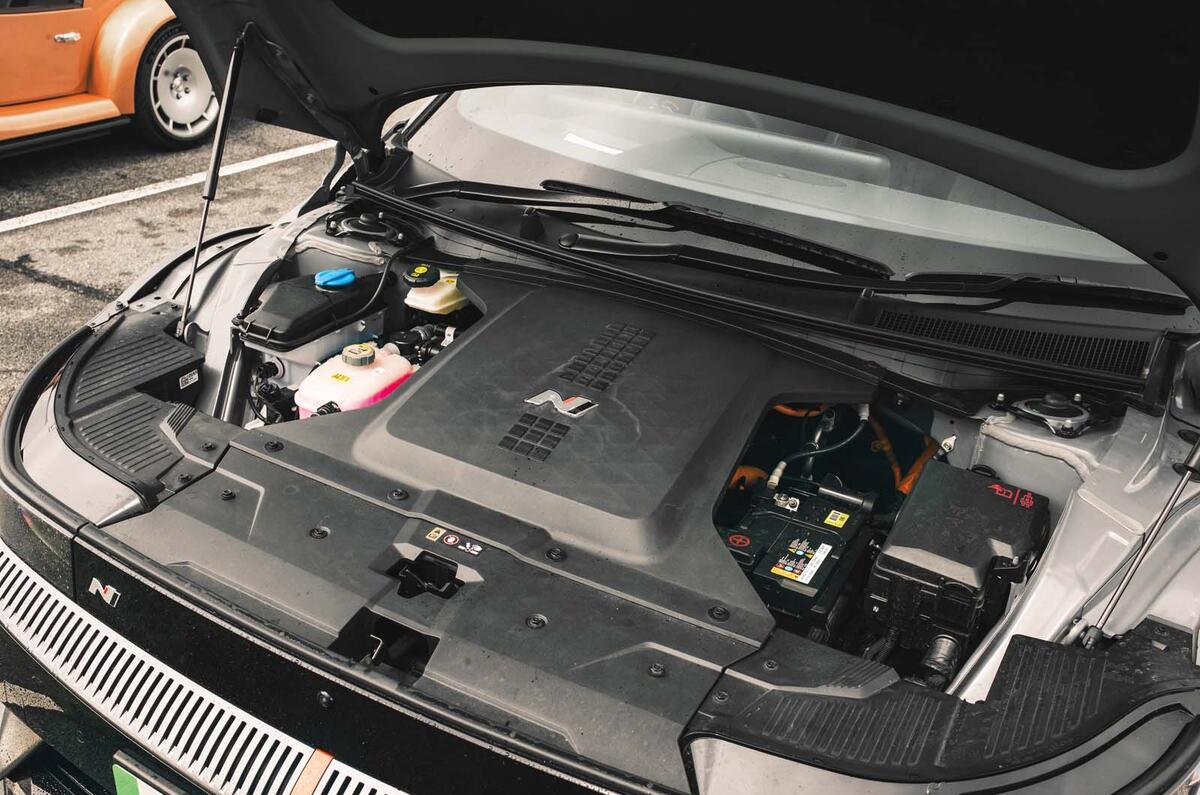
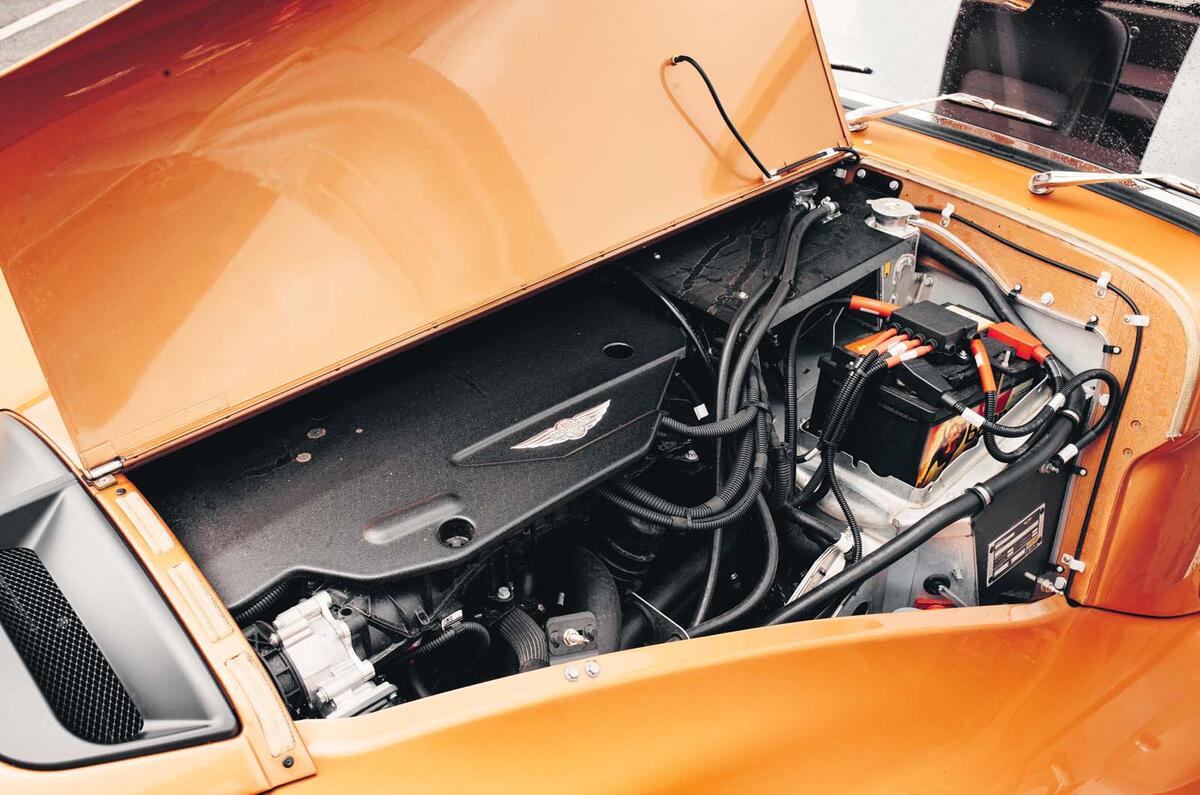
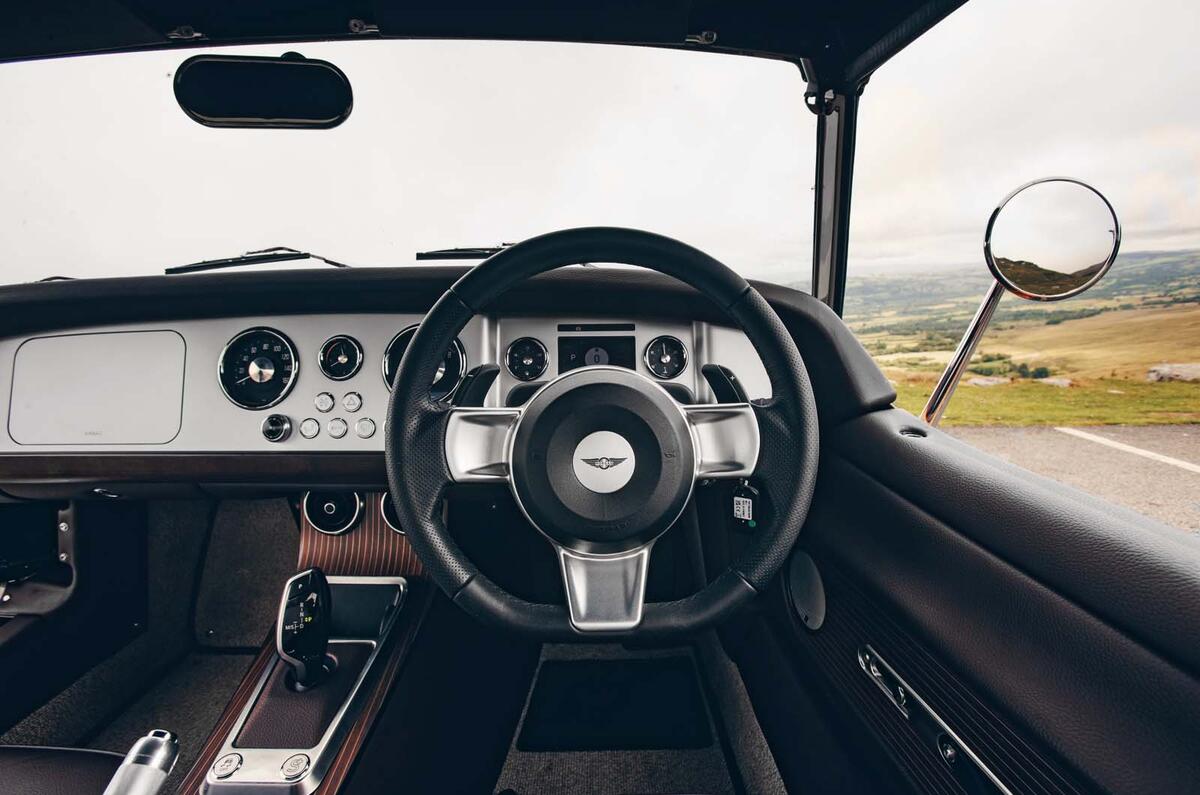
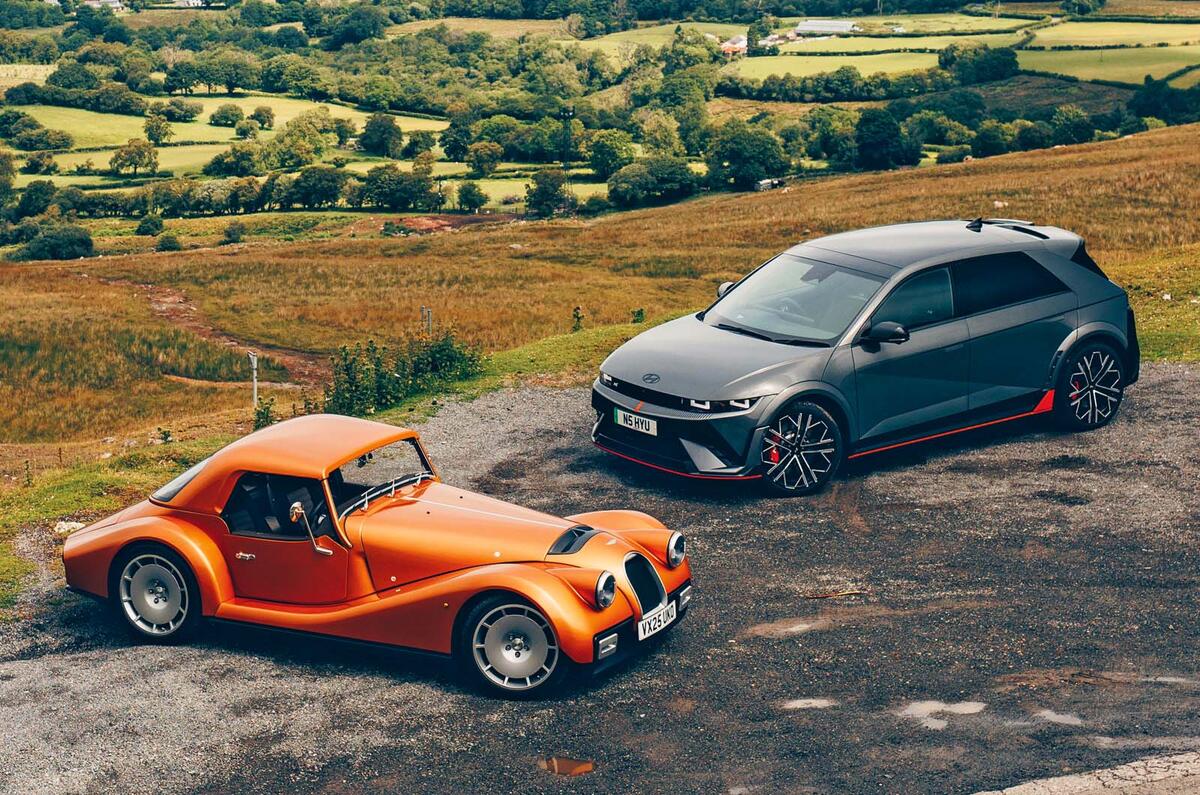


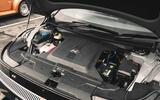
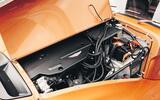



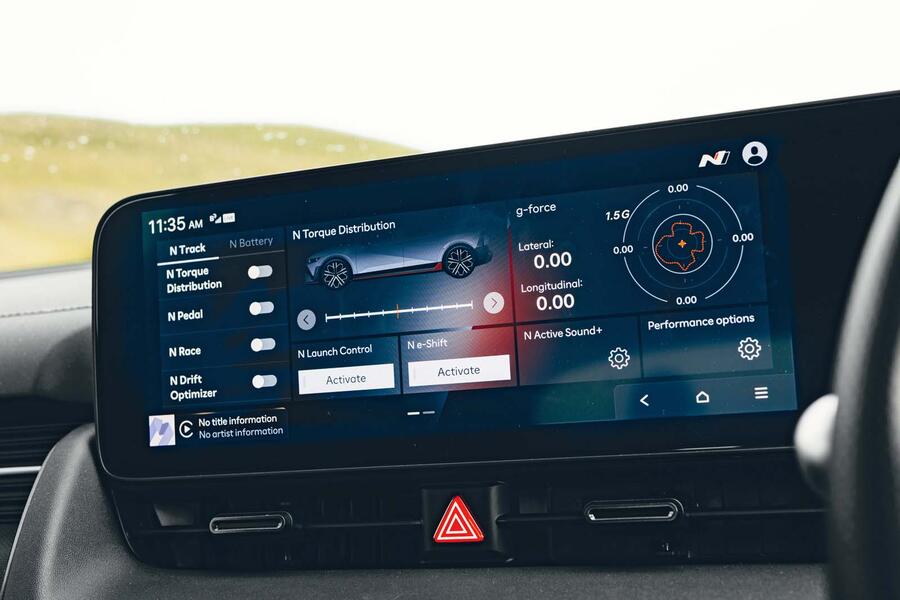
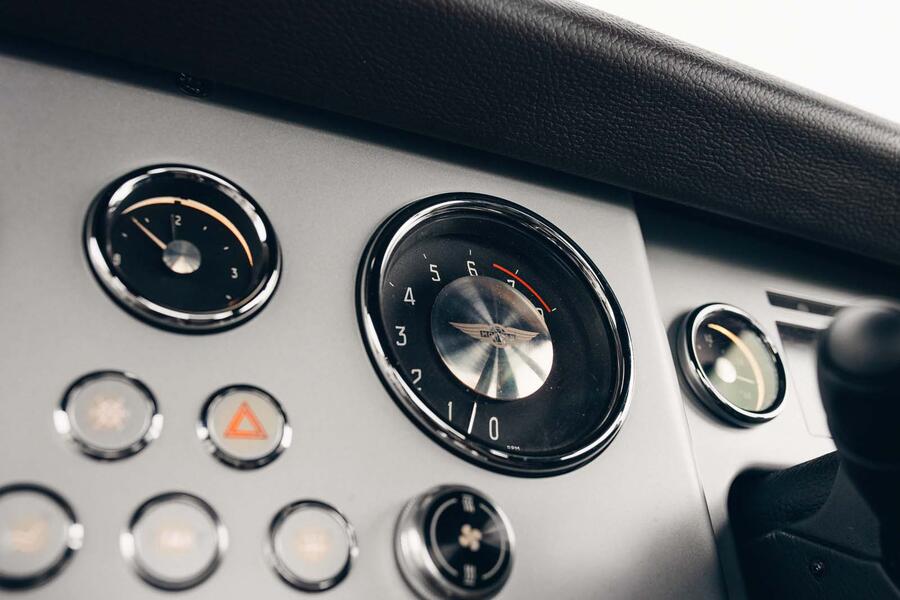
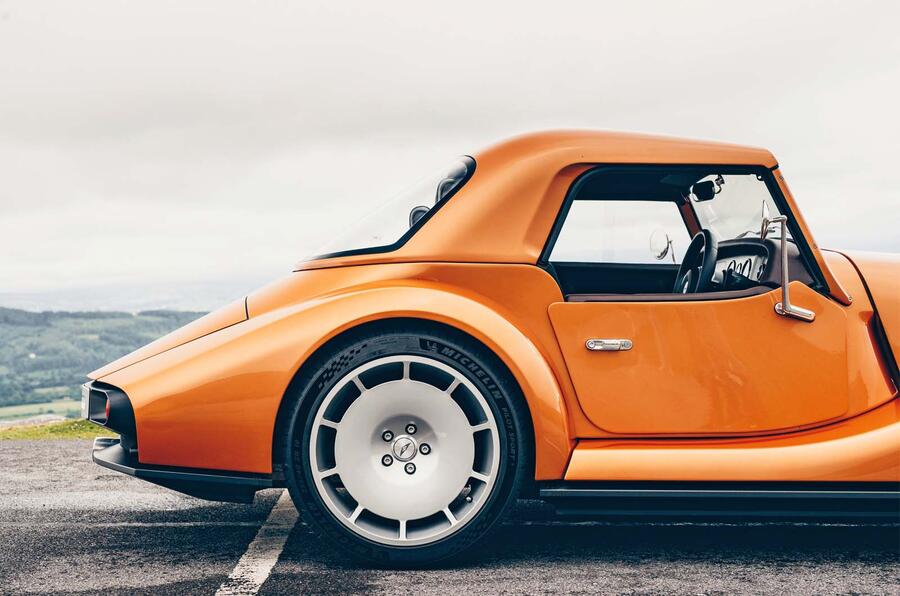



Add your comment